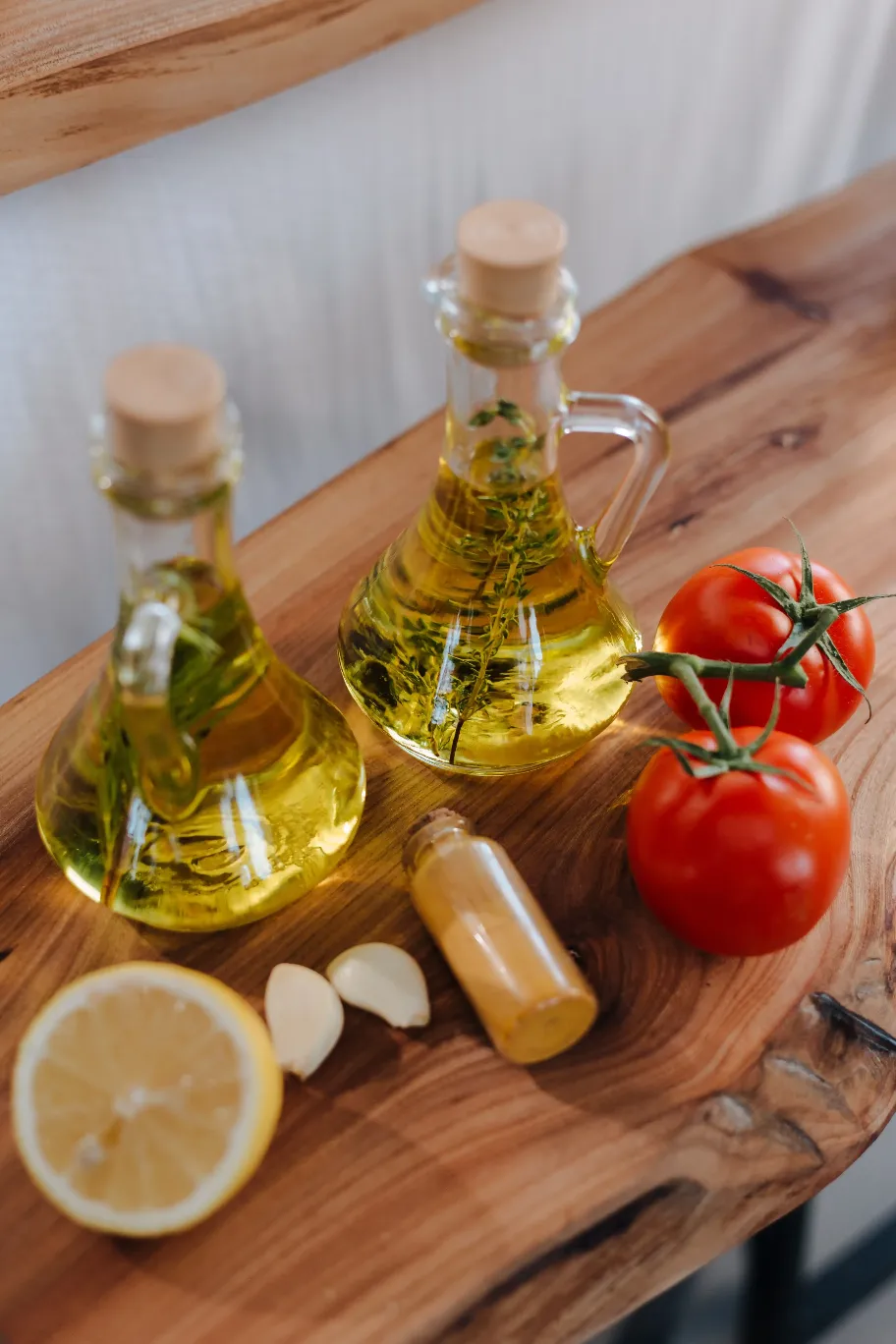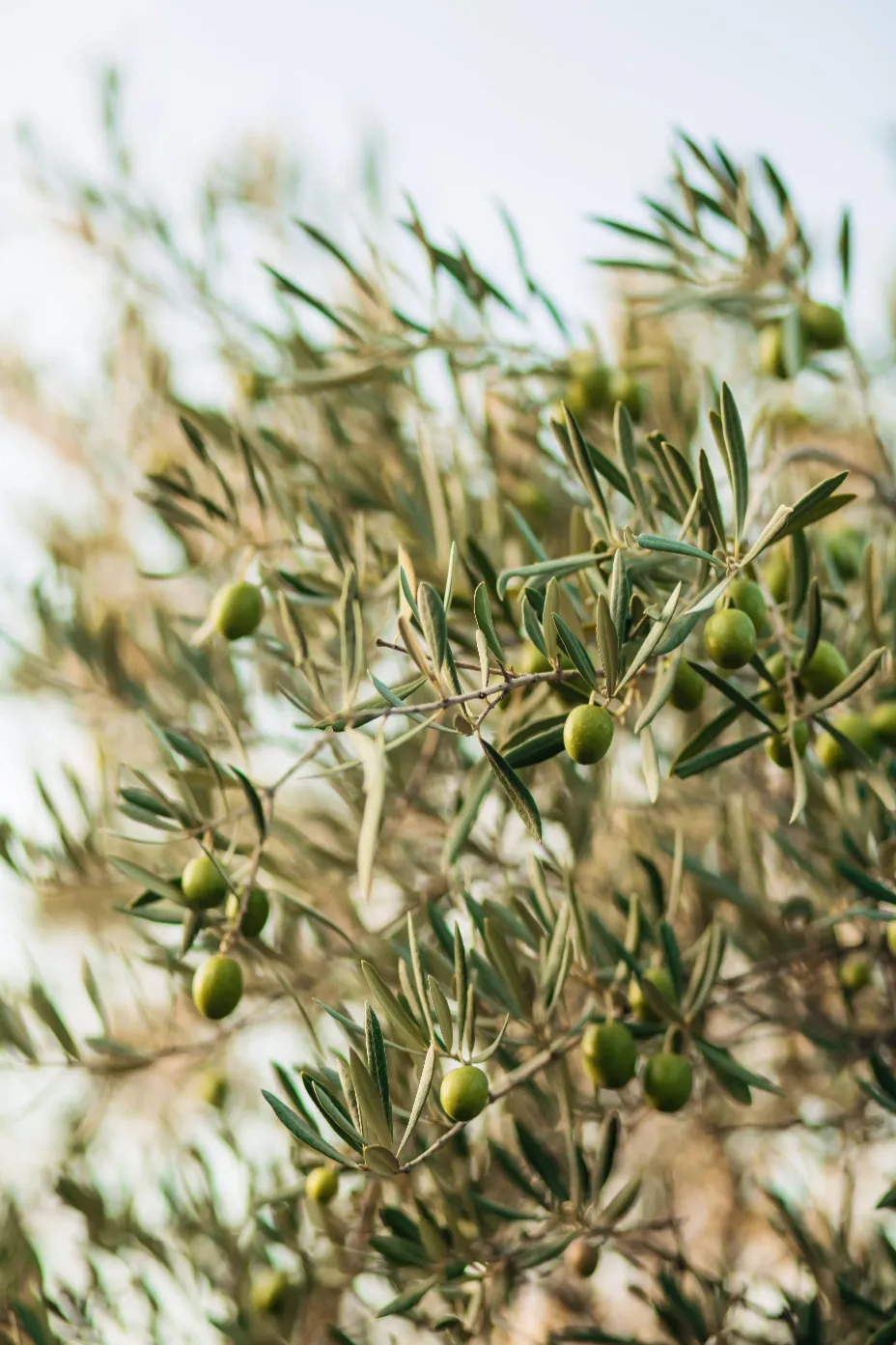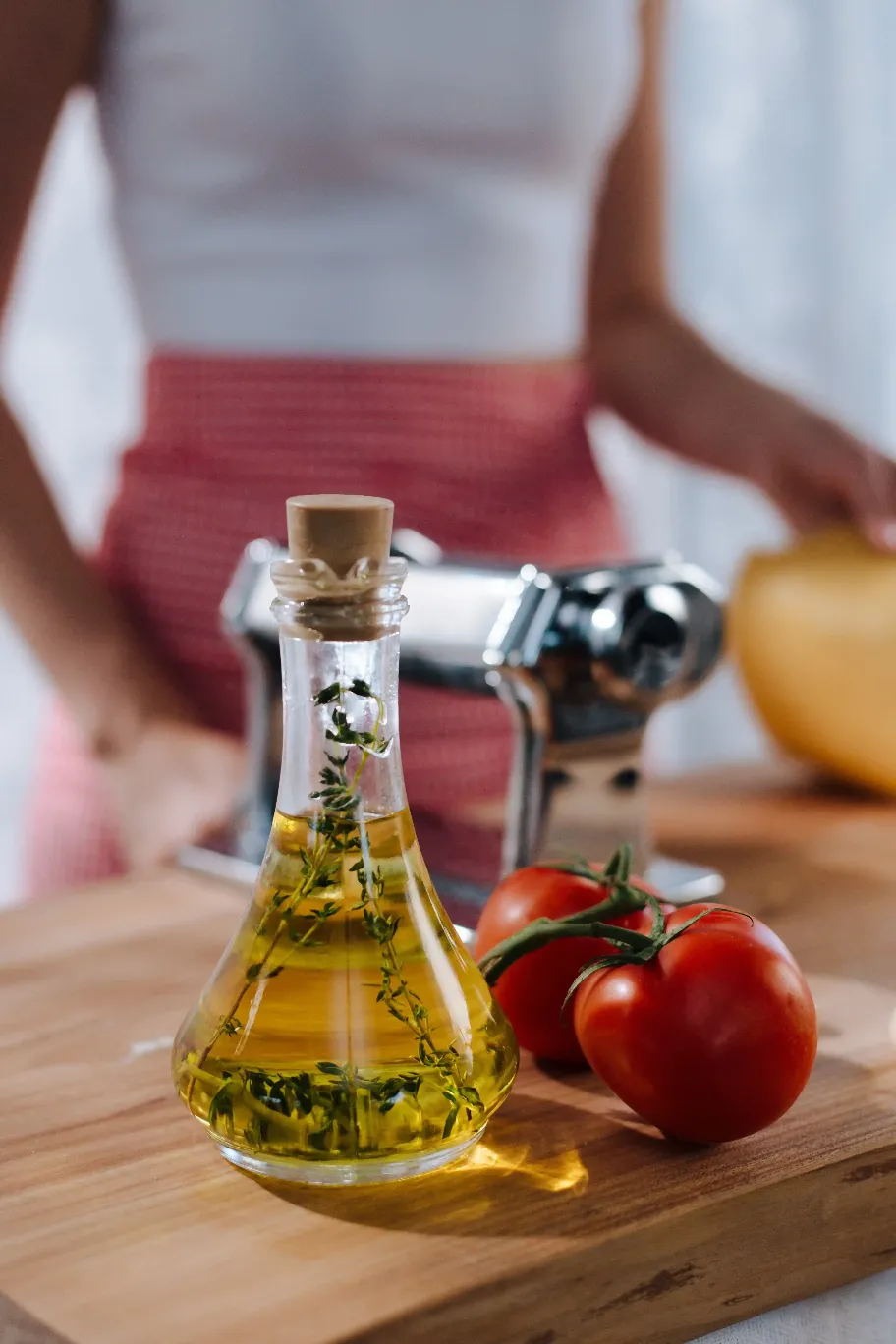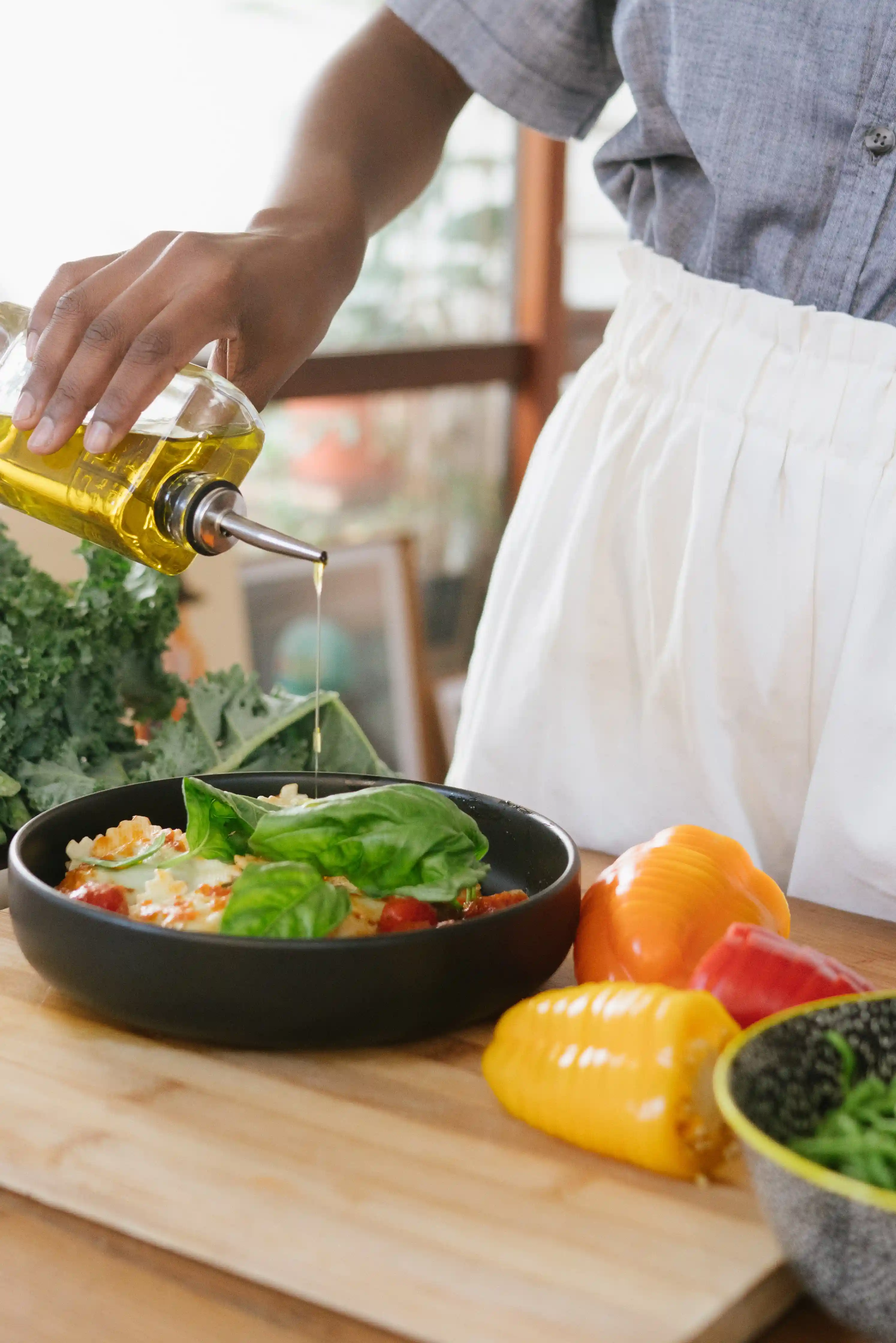Curious Useful Information
What are the basic standards for Extra Virgin Olive Oil according to the IOC (International Olive Oil Council) ?
Extra Virgin Olive Oil (EVOO): This is olive oil suitable for direct consumption, with a free acidity level of oleic acid not exceeding 0.8 grams per 100 grams. It is recommended for raw consumption.
Virgin Olive Oil: Olive oil suitable for direct consumption, with a free acidity level not exceeding 2.0 grams per 100 grams.
Crude Olive Oil: Olive oil with higher free acidity, making it unsuitable for direct consumption due to sensory or characteristic attributes.
Refined Olive Oil: Olive oil obtained through refining crude olive oil without altering its natural triglyceride structure, with a free acidity level of not more than 0.3 grams per 100 grams.
Riviera Blend: Olive oil obtained by blending refined olive oil and suitable-for-consumption virgin olive oil.
Flavored Olive Oil: Olive oil infused with various spices, fruits, and vegetables to create distinct flavors.
What is peroxide?
During the contact of olive oil with oxygen, oxidation occurs, resulting in the formation of peroxides. The fatty acid radical combines with oxygen, which is also a radical, to form organic peroxides that are even more reactive.
This compound can attack a second fatty acid, converting it into a radical as well. When left in an oxygen-rich environment, these radical molecules formed due to oxidation in the oil accumulate over time. The fatty acids that have oxygen attached to them during this process are referred to as organic peroxides or simply peroxides.
Since peroxide is a compound formed as a result of the oxidation of oil, there is a positive correlation between the number of peroxides in the oil and the level of spoilage of the oil.
What is acidity?
The acidity level, which is the amount of oleic acid in olive oil, is a crucial factor that determines the flavor, aroma, and shelf life of the oil. The formation of acidity occurs due to various conditions such as delayed or overripe harvesting of olives, spoilage, mold growth, crushing, and prolonged storage in sacks before oil production.
When the triglycerides in olive oil break down and separate, free oleic acid is formed within the oil. The amount of this free-floating oleic acid in quality oil should range between 0.1% and 1%.
From the moment the olive is detached from the tree, the process of decay begins. If not properly handled, olives continue to deteriorate during the time between harvesting and oil extraction, as well as under unfavorable storage conditions. The best solution to prevent this is to conduct oil extraction immediately in the olive grove as soon as the olives are harvested. The extraction machinery should be located on-site in the grove, essentially bringing the processing factory to the orchard.
The lower the amount of oleic acid, the higher the quality and better the taste of the olive oil. The oleic acid content of olive oil is expressed as a percentage. The finest olive oil typically has an oleic acid content ranging from 0.1% to 1%.
What is early harvest?
The ripening period of olive fruits depends on the variety, but generally, ripening occurs in November.
As the fruit matures, its color begins to shift towards purple and black.
If the harvest takes place in September-October while the fruit is still green, it's referred to as "early harvest". Early harvest results in a more intense and flavorful aroma in the olive oil.
What is cold pressing?
In our country, olive oil is generally obtained by mixing 1 kg of olives with 1 kg of hot water (3-phase process).
If this process is carried out without mixing hot water and at temperatures below 27 degrees Celsius, it is referred to as a 2-phase process, or "cold pressing."
The most crucial aspect to consider in cold pressing is to avoid any sudden temperature increases in the crusher. It's quite challenging to detect instantaneous temperature spikes during crushing, and such extreme temperatures can lead to the loss of aroma and phenols in the oil.
How to store olive oil?
The main enemies of olive oil are HEAT, LIGHT, and TEMPERATURE.
Therefore, to keep the oil fresh and nutritious for an extended period, it's important to follow the guidelines below:
Storage Container: It's best to store olive oil in dark-colored glass bottles. Glass prevents light from affecting the quality of the oil.
Temperature: Store olive oil at room temperature or in a cool place between 13-18 degrees Celsius. Avoid temperature fluctuations; excessive heat can lead to rapid deterioration of the oil.
Light: Keep olive oil away from direct sunlight. Light can accelerate the oxidation of the oil.
Minimize Air Contact: Keep the olive oil bottle tightly sealed and minimize its exposure to air. Air exposure can accelerate the oxidation process.
Cool Area: To preserve the aroma and flavor of your olive oil, choose locations like the inner compartment of your kitchen cabinet or a cool storage area.
By following these recommendations, you can maintain the quality and freshness of your olive oil for an extended period.
How do we masure the polyphenols?
Some of the most significant antioxidants found in nature are present in the composition of olive oil. There are numerous antioxidant molecules derived mainly from oleuropein and ligstroside, such as oleuropein and ligstroid derivatives. Therefore, when measuring polyphenol content, it's accurate to determine total phenol values.
To ascertain this, a sample of oil is mixed with a substance that undergoes a color change reaction with antioxidants, and the intensity of the color is measured using a spectrum. The results of this test are compared with hydroxytyrosol, and the measurement is given in mg of antioxidants per kg of oil.
The shared characteristics of antioxidants in olive oil allow us to distinguish them from other substances. When an olive oil sample passes through a short chromatographic column, antioxidant molecules remain trapped within the column. These molecules are then purified and concentrated using the HPLC method. The obtained results indicate the proportion of the oil sample's antioxidant effect derived from potent oleuropein and the weaker ligstroside.
A more practical method for measurement is NMR (Nuclear Magnetic Resonance). While this technique can determine the total value in a matter of minutes, its expense has led the industry to opt for alternative methods.
What is the most ideal consumption period for olive oil?
The ideal consumption period for olive oil is one year. Olive oils with high phenol content should be consumed within a maximum of two years.





